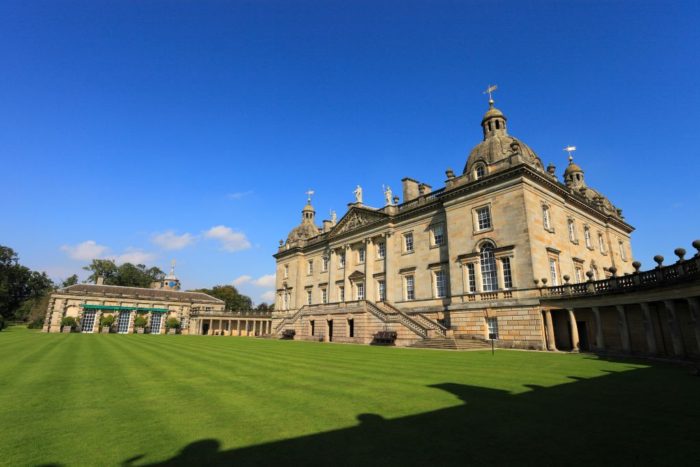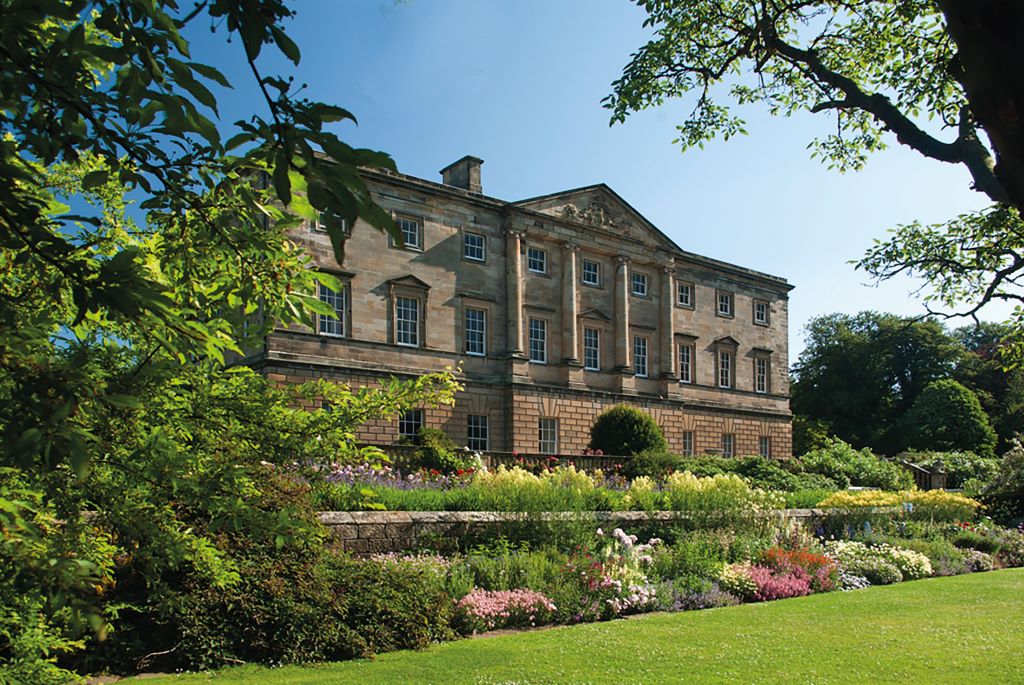Prime locations: British Prime Ministers’ homes
The former homes of Britain’s Prime Ministers not only reveal much about political life but also changing tastes and fashions, as Adrian Mourby discovers
Minister (PM) is an almost presidential figure. Yet in the 18th century, the king or queen was sovereign and being PM was something of an insult. That all changed in 1721 when Robert Walpole, the new First Lord of the Treasury, became so important that the German-speaking King George I clearly relied on him. Walpole rebuffed those who accused him of being the “prime” minister, yet within a generation the concept had become a fact. Prime Ministers have tended to live well and many of their homes are now open to the public, providing a fascinating insight into how British politics has changed over the years.
Charles Grey
Howick Hall, Northumberland
The 2nd Earl Grey, after whom the tea blend was named, was Prime Minister under William IV from 1830 to 1834. As Prime Minister, Grey introduced the Reform Act of 1832, which got rid of a lot of corrupt practices in British politics. The following year he oversaw the abolition of slavery in the British Empire. Historians have credited Earl Grey with avoiding revolution in post-Napoleonic Britain and ushering the stability that allowed the nation to prosper in the Victorian era. Howick Hall has been owned by the Grey family since the 14th century. It was entirely rebuilt in a sturdy neoclassical style by the Earl’s uncle in 1782, before Grey himself inherited the house and employed the architect George Wyatt to considerably enlarge it. A fire destroyed the whole of the interior in 1926 and so it was rebuilt on a more modest scale. Today Baron Howick of Glendale, a descendant of the Grey family, lives in the west wing. Meanwhile, the hall’s old ballroom is now The Earl Grey Tea House, which serves the former PM’s famous bergamot-flavoured brew.
www.howickhallgardens.com
Thomas Pelham-Holles
Claremont, Surrey
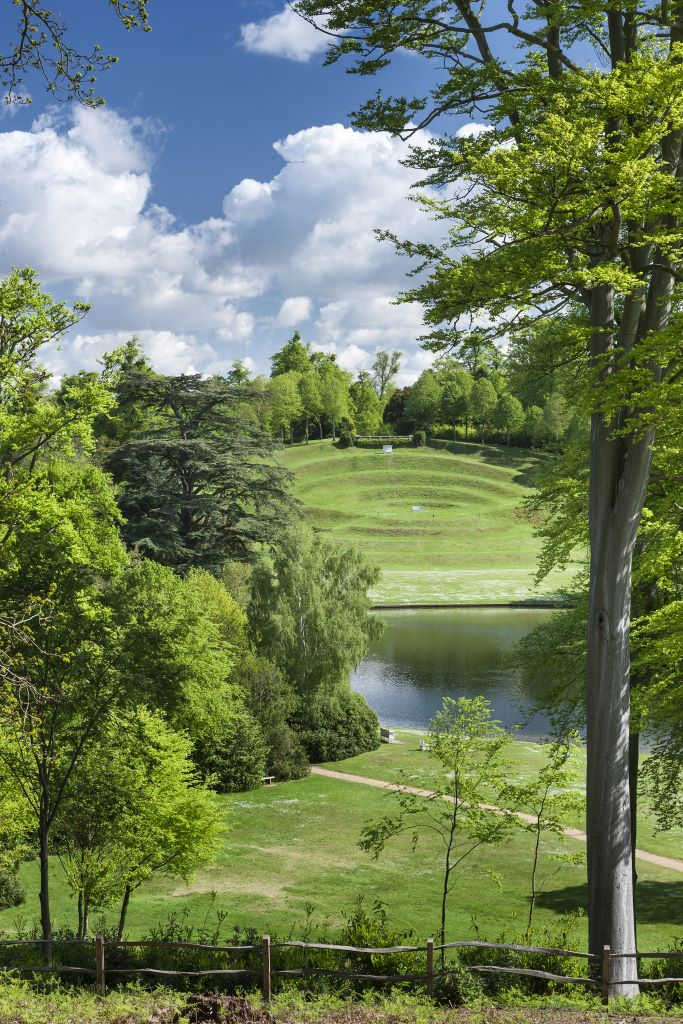
A Whig protégé of Walpole, Thomas Pelham-Holles served as Prime Minister twice, in 1754-56 and 1757-62, under both George II and his grandson George III. As 1st Duke of Newcastle, Pelham-Holles was an effective deputy to PMs like Walpole and William Pitt the Elder, but he was less successful in office, having to resign for precipitating the Seven Years War. In 1714, aged 21, Pelham-Holles bought Claremont House, which had been created by the architect and playwright Sir John Vanbrugh. He brought in the designer Charles Bridgeman to create a garden and a three-acre turf amphitheatre, carved into Bridgeman’s Hill. When formal gardens went out of fashion in the 1730s, Pelham-Holles employed landscape architect William Kent to turn the grounds into parkland. The Duke of Newcastle loved his estate and still walked round it every day into his mid-70s. When he died in 1768, his widow sold everything to cover debts. Since the 1930s, the house has been a school but the grounds found their way to the National Trust where they are now known as Claremont Landscape Garden. Today the amphitheatre is well preserved and visitors can climb up the Belvedere Tower, built by Vanbrugh for the Duke, to get the best views of his arcadian estate.
www.nationaltrust.org.uk
Robert Walpole
Houghton Hall, Norfolk
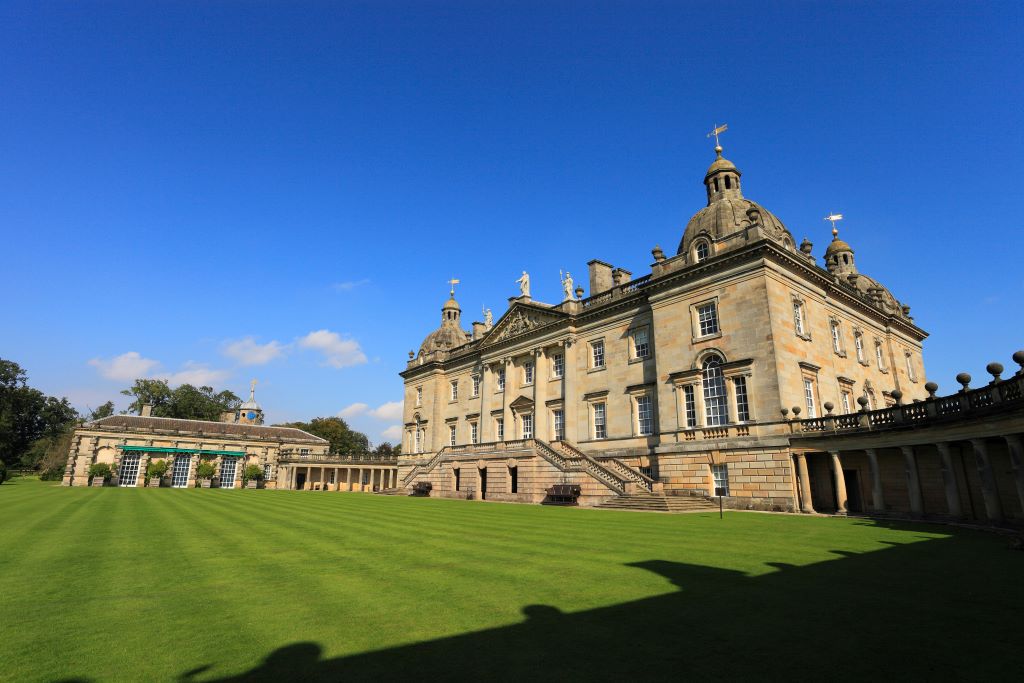
Sir Robert Walpole was a Whig politician and de facto Prime Minister for Kings George I and II. He was also a member of Parliament (MP) who championed peace, moderation and religious tolerance, while lowering taxes and increasing exports. Walpole’s tenure as First Lord of the Treasury from 1721-1742 is the longest ever in British politics and he is credited with teaching the Hanoverian monarchy and British Parliament to harmoniously coexist.
Walpole commissioned his Norfolk country residence, Houghton Hall, in 1721. In order to build the mansion and its park, he had to move the whole of Houghton village to a position outside the park gates. The hall’s original design was pure Palladian but when completed, Walpole had the four corner towers replaced by fancy domes. At Houghton, Walpole amassed one of the biggest art collections in Europe but after his death much of it was sold to Catherine the Great of Russia (where it remains) to cover debts. The house is now owned by the Marquesses of Cholmondeley, who are descendants of Robert Walpole. Their collection of 20,000 model soldiers is on display in the stable block, while the walled garden remains a particular draw.
www.houghtonhall.com
Benjamin Disraeli
Hughenden, Buckinghamshire
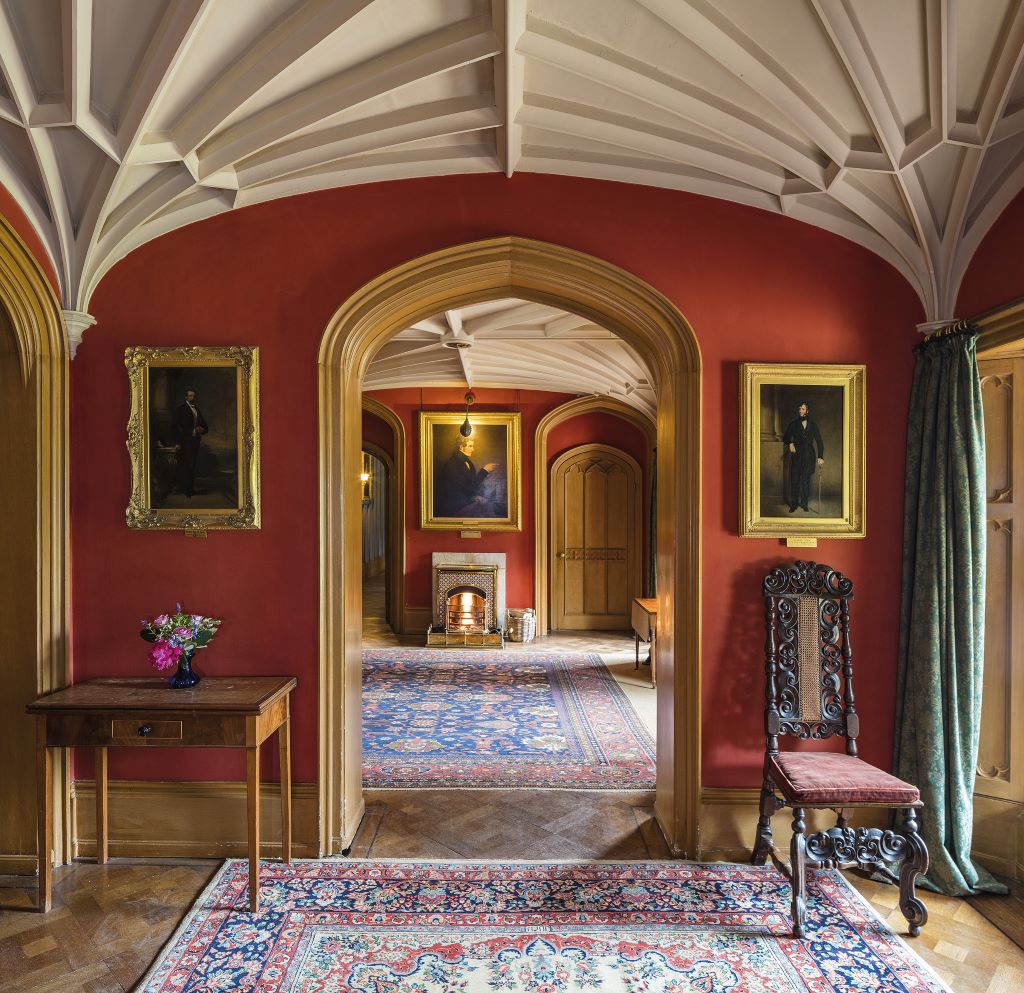
Benjamin Disraeli, 1st Earl of Beaconsfield, is the only British Prime Minister of Jewish origin and the only one to have worked as a novelist. He considered himself a “one-nation Conservative”, offering prosperity for all. Through astute use of flattery, he became a personal favourite of Queen Victoria and served as her PM for a few months in 1868 and again from 1874 to 1880. Disraeli bought Hughenden Manor, a Georgian mansion, in 1848, and employed architect Edward Buckton Lamb to give it a Victorian makeover with bay windows and Jacobean-style crenelations. Disraeli borrowed hugely to buy and remodel his new property, as he felt it necessary to have such an estate if he were to hold his own among other Tory grandees. After his death in 1881, he was buried in a vault beneath the nearby Church of St Michael. Queen Victoria provided a memorial, the only time a reigning monarch did so for a subject. The Prime Minister’s library at Hughenden contains more than 1,000 books including presentation copies from the Queen. The proclamation of Her Majesty as Empress of India is also on display.
www.nationaltrust.org.uk
David Lloyd George
Ty Newydd, Gwynedd
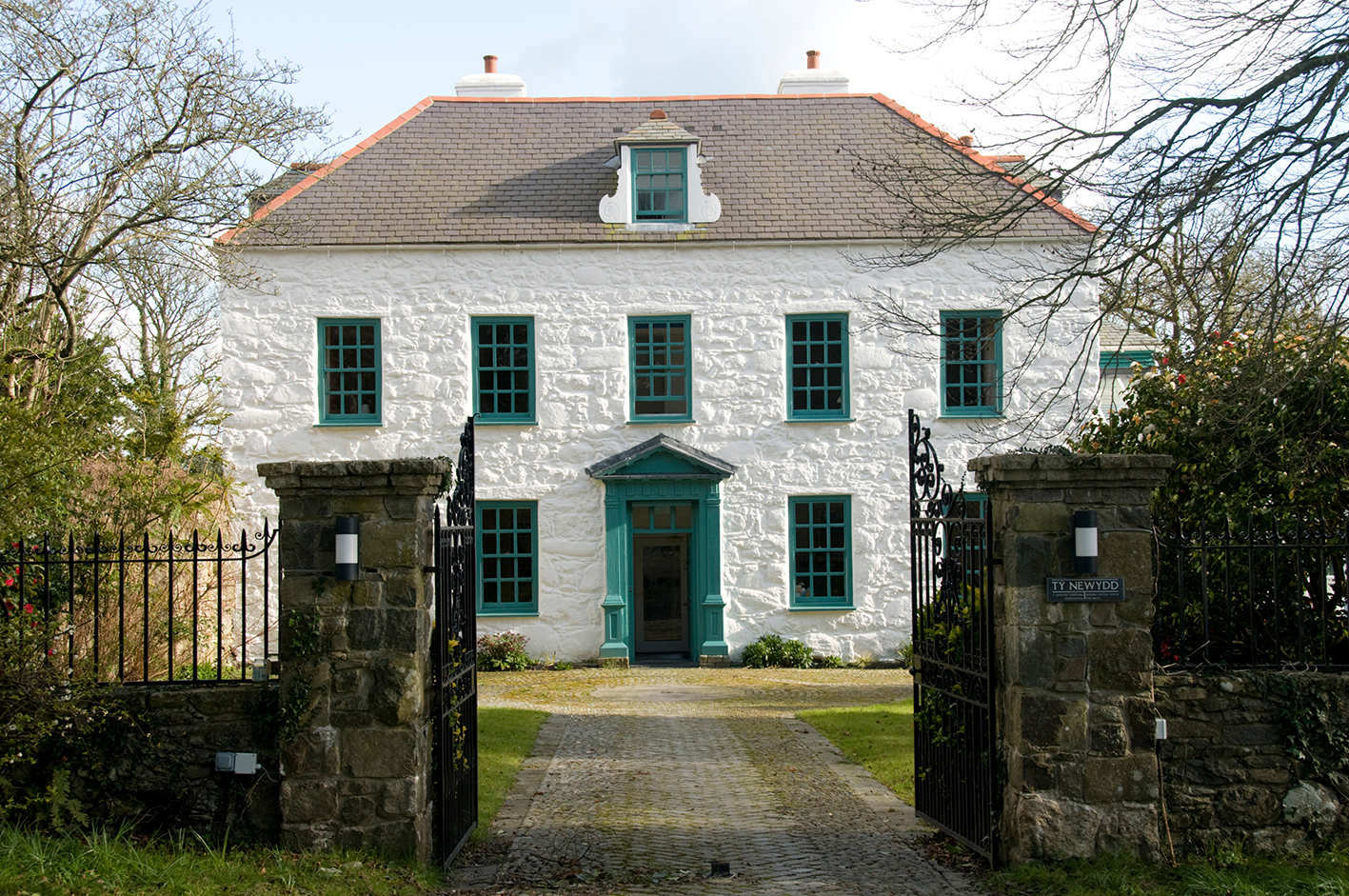
Like Disraeli, David Lloyd George, a successful lawyer from North Wales, did not come from the usual gentrified Prime Ministerial stock. He was Chancellor of the Exchequer in Asquith’s Liberal government from 1908 and was responsible for putting the British economy on to a war footing. When the First World War went badly for Britain, Asquith was forced to resign and, in 1916, Lloyd George took over, energetically leading a coalition government that lasted six years. For many, Lloyd George was “the man who won the war”. As George V’s Prime Minister, he was also responsible for many social reforms, the initial enfranchisement of women, and the treaty that set up the Irish Free State in 1922. Twenty years after his leadership ended, Lloyd George bought Ty Newydd, a large old stone farmhouse close to where he had grown up in the village of Llanystumdwy. He employed the architect Clough Williams-Ellis to remodel the house. Lloyd George moved in with his wife in 1944, but died the following year at the age of 82. He was buried nearby alongside the River Dwyfor. Today, the house is a writer’s centre and a monument designed by Williams-Ellis is next to the grave.
www.tynewydd.wales
Winston Churchill
Chartwell, Kent
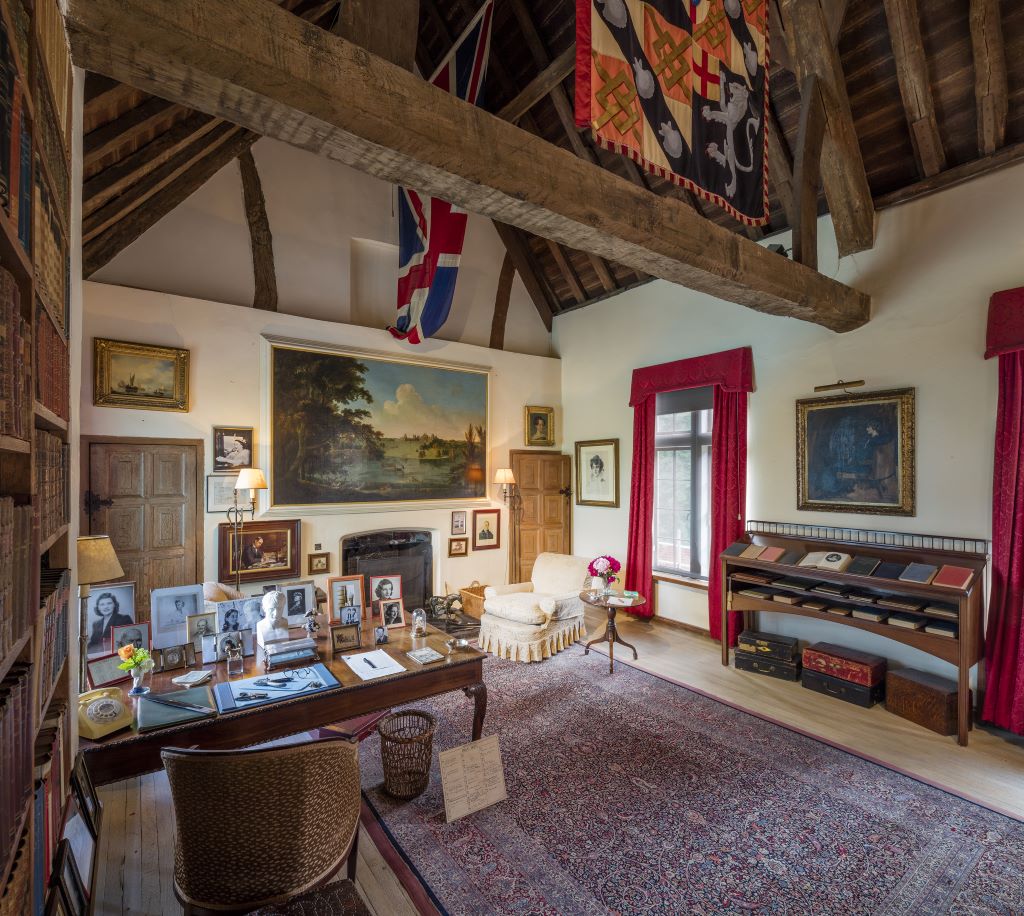
Britain’s best-known Prime Minister, Sir Winston Churchill was in office twice, serving George VI in a coalition government from 1940-1945 and Elizabeth II from 1951-1955. Churchill was first elected a Conservative MP in 1900 as a young military hero after the Boer War. Four years later, he defected to the Liberal Party, where he became
a protégé of David Lloyd George, before rejoining the Conservatives in 1924 and became an outspoken advocate for British rearmament. His finest hour came in 1940, when he became Prime Minister after Britain’s early defeats in the Second World War and inspired the British people to victory against the odds. In 1922, Churchill had purchased the brick-built manor house of Chartwell in Kent, charmed by the view from its gardens. While repeatedly out of office in the 1930s he spent time here writing, painting (he was an accomplished painter of landscapes in oils) and even bricklaying. He also invited to dinner at Chartwell anyone who could assist his campaign against German rearmament and the British government’s policy of appeasement. In Churchill’s study at Chartwell, his large mahogany desk is preserved, although he actually dictated standing up to a seated typist. The room also contains a Union Jack hoisted in Rome in 1944, the first British flag to fly over a liberated European capital.
www.nationaltrust.org.uk
Sir Edward Heath
Arundells, Salisbury
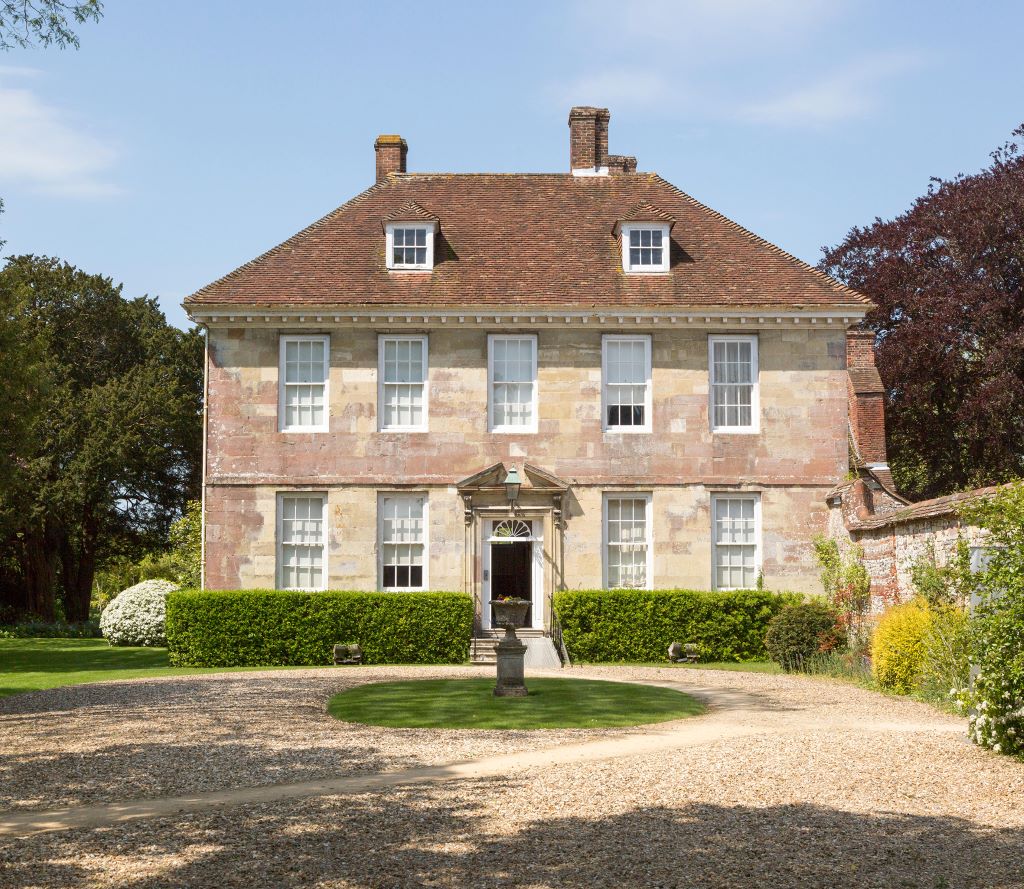
Edward “Ted” Heath was Prime Minister under Elizabeth II from 1970 to 1974. Having served as an artillery officer in the Second World War, Heath was a committed European. In January 1973, he succeeded in his ambition to take Britain into the European Community (now the EU). Despite an innovative approach to government, most of Heath’s other aspirations foundered as a result of Britain’s economic difficulties, high inflation, and debilitating industrial strikes. After losing a second 1974 election to Labour’s Harold Wilson, Heath was replaced by Margaret Thatcher as Conservative leader. He refused a peerage and remained in the House of Commons as a staunch critic of Mrs Thatcher. Unusually for a Conservative Prime Minister, Sir Edward Heath came from a lower middle-class background, but he enjoyed a much more affluent lifestyle as yachtsman, orchestral conductor and as the owner of Arundells, a beautiful, essentially Queen Anne-style house in the close of Salisbury Cathedral. Never having married, Heath wanted the house, garden, and his art collection to be made available for members of the public to enjoy after his death, so a charitable trust was set up.Today this house feels the most lived-in of the Prime Ministers’ homes. The lid of his Steinway piano is covered with photos of Heath’s many meetings with world leaders and yet one leaves with the impression that Sir Edward could be back at any moment.
www.arundells.org

